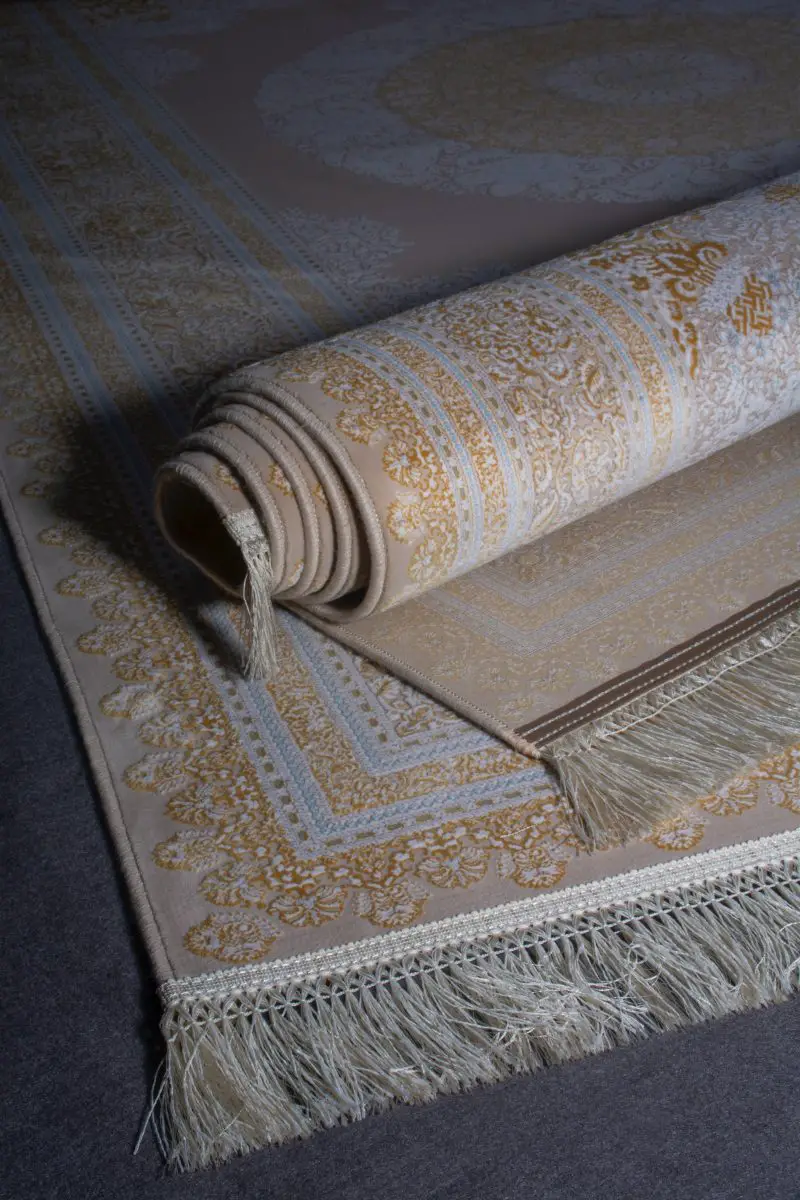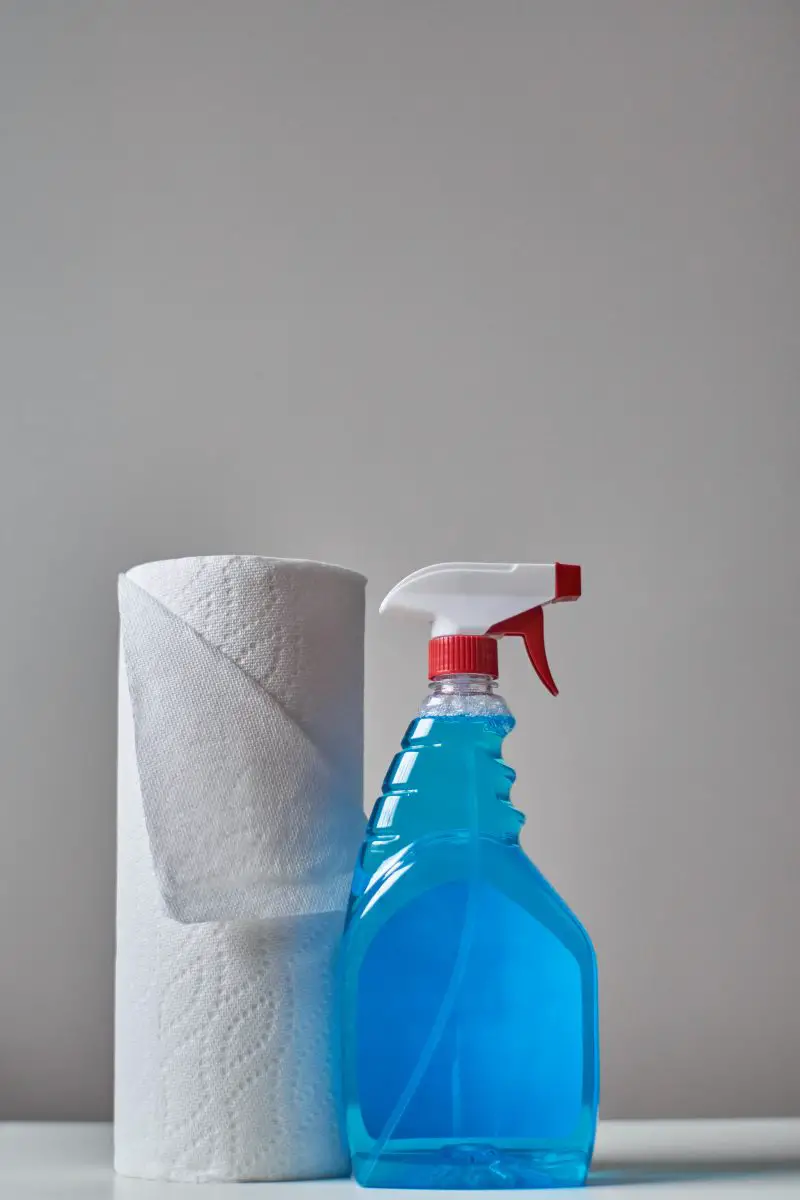If you have a pet, it’s highly likely that at some point, you’ll have to deal with fleas. This is due to how adult fleas will often be attracted to hairy creatures like dogs and cats. However, even none pet owners aren’t necessarily safe as a flea is just as happy to latch onto a human. From here they will then jump into your carpets and female fleas will begin to lay eggs. This is the start of a flea infestation and if left unchecked the flea life cycle will progress and the problem will get worse.
Signs of a flea infestation can include you or your pets having itching issues and reddened patches of skin. In some cases, humans and animals can have allergic reactions to dog and cat fleas. This will commonly present itself as swelling of the skin. Once you recognise these signs, it is crucial to eliminate fleas before they multiply further. In order to do so, however, you need to know your enemy.
What Do Adult Fleas look like?
Fleas are tiny creatures. Adult fleas are on average roughly two millimetres long and are often said to resemble red, brown or black dots. They don’t have wings but despite this are capable of moving to great heights in a single leap thanks to their powerful legs.
How Do Fleas In Your Carpet Develop?
A female flea will begin to lay eggs on a host such as a cat or dog at a rate of roughly twenty to thirty eggs per day. As these flea eggs begin to dry they will fall from the host and become embedded within the fibres of your carpet. The areas with the most dense population tend to be where pets will eat and sleep along with warmer rooms such as living rooms or bedrooms.
These eggs will eventually hatch as flea larvae emerge. The flea larvae will resemble tiny translucent worms and as they begin to transition into adult fleas will cocoon themselves. In this state vacuuming alone will be ineffective in removing them as the cocoon will protect the flea.
After fully maturing into adult fleas they will remain cocooned until they detect a suitable host nearby. When that happens the adult flea will emerge and leap onto its new host whether they be human or animal. From here the cycle will begin anew.
How Do Fleas Nourish Themselves?
Flea larvae will sustain themselves on a mixture of adult flea faeces and other biological materials such as skin. During this stage, they may become secondary hosts to other parasites which include tapeworms or diseases such as typhus or even the bubonic plague.
The diet of adult fleas will consist exclusively of blood from their hosts. However, if after hatching they are unable to find a source of food they will die within a couple of days to a week.
How Long Can Flees Live in Your Carpet?
Due to the different stages of a flea’s lifecycle how long they can live in your carpets will vary. This variation will depend on the conditions of your home, access to hosts and the temperature of their environment.

Flea Eggs
The majority of fleas that will exist in your carpet at any given time will be flea eggs. These will have been laid by more than one female flea and with how quickly they lay these start laying eggs, the rate of population growth is potentially exponential.
Flea eggs hatch within roughly two to twelve days depending on conditions such as temperature. These eggs are tiny, measuring roughly half a millimetre in size making them incredibly difficult to spot.
Flea Larvae
The hatched eggs release larvae. Flea larvae are the second most common sighting of flea and will live roughly two to fourteen days depending on the abundance of food and how quickly they mature.
During the larval stage, fleas prefer to hide within dimly lit areas such as carpet fibres and gaps in floorboards. They will also be larger than they were in their egg form but will still only measure roughly two millimetres long.
Flea Pupae
The pupal stage is where fleas will cocoon themselves as they mature into adults. These cocoons are typically the most difficult stage to eliminate. This is because they are made from gossamer and assorted debris that protects the flea inside.
This stage will normally last between five days and two weeks. However, should the cocoon be formed in unfavourable conditions it can last up to a year. Unfavourable conditions include colder temperatures and a lack of hosts for the adult flea within to latch on to.
Adult Fleas
Adult fleas will occasionally wait a long time before emerging from their cocoons. This is because without a consistent form of food in the form of a host they will likely die within a few days of hatching.
However, if they sense indications of a suitable host such as carbon dioxide in the air or vibrations in the ground they will soon hatch. Upon hatching the flea will soon seek its first blood meal.
With the optimal conditions, fleas live between sixty to one hundred days. Additionally in this time, each female flea will lay roughly eight hundred eggs at a rate of roughly twenty to thirty per day.
Where Else Do Fleas Live?
Whilst fleas will often live in carpets when they reach your home, that is not the only place that you will find them. As such only dealing with the fleas living in your carpets is a half measure that won’t permanently solve the problem.

Whilst fleas can live in carpets, they also found in the following places:
On Pets
Perhaps the most obvious place you’ll find more fleas will be in your pet’s fur. Pets are ideal habitats for fleas since they can hide and easily move amongst the fur whilst not being easily shaken off.
Additionally, pets make great habitat for fleas due to also being a source of both food and warmth.
Humans
Fleas are less likely to target humans due to the lack of fur to hide in. However, when their preferred hosts aren’t around fleas will seek to feed on human blood. Whilst flea bites can be located anywhere on the body, on humans the legs and ankles are the most common spots.
Furniture
When humans and pets carrying fleas interact with furniture, flea eggs can be left behind. Fleas live in dimly lit but warm environments. As such mattresses, pet bedding and armchairs along with other fabric furniture are often ideal for them. Typically, if fleas live on your furniture they will reside within crevices and cracks which are dimly lit.
In High Up Places
This is particularly true for the cat flea since as cat owners know they like to climb into high up spaces of your home. As such felines will require more supervision when trying to control fleas in your home. However, due to fleas ability to leap great distances and heights, dog fleas can also reach these higher areas of your home.
The Garden
In the right conditions, fleas live and spread in your garden. Typically, these will be in areas where your pets often eat, sleep or play. However, pets aren’t the only thing that allows fleas to live in your garden. Wild animals, particularly vermin and scavengers can also bring fleas into the garden. Often, these fleas live in grass or piles of leaves where they will wait for an opportunity to jump on a host.
What Can You Do to Eradicate a Flea Infestation?
Fleas are a tough pest to rid your home of, particularly if you’ve got pets. However, there are plenty of methods to both eliminate and help prevent severe flea problems. Some of these methods are basic things you can do right now, whilst others require more specialised products.

Natural Treatment
One of the most basic and popular flea traps is a bowl of water mixed with a bit of soap. Placing these near flea hotbeds along with a light nearby will cause the fleas to jump into the bowl. This is a homemade solution. However, plenty of specialised flea traps in shops use similar principles.
Diatomaceous earth is a non-toxic and naturally occurring sedimentary stone. Sprinkle this on the infected area after vacuuming and leaving it will dry out the fleas’ exoskeletons. This kills adult fleas along with fleas in all other stages of the life cycle. For the best results also use them on furniture like pet bedding and clean and reapply the diatomaceous earth every few days. When using diatomaceous earth though ensure that you use food-grade variants which are safe to use around people and animals.
Chemical Treatments
If you notice flea bites on your pet then flea collars might be best suited. These collars will every so often release chemicals onto your pet’s skin that aren’t toxic to them but are to the fleas. Additionally, an advantage of these over chemical-based pet treatments is that they are quite low maintenance. This is because flea collars can last for a year before they need changing.
Another option is to use insect growth regulators. These insecticides are ideal for use on furniture and any other hotbeds of flea activity. Insect growth regulators work by interfering with the natural growth of the insect. This can be either by causing them to emerge from their cocoon before they are capable of reproducing or by preventing them from maturing entirely. These products can be found for both indoor and outdoor use. This means that they can provide both a prevention and a solution to your flea problems.
Additional Methods
Whilst both natural and chemical methods are useful in dealing with fleas, they are best used in tandem with some additional steps.
Regular and thorough vacuuming in and around the flea hotspots will help reduce the population. As will thoroughly washing bedding used by both humans and pets very frequently. When doing so, however, be careful not to allow any fleas that you have hoovered up from jumping back into your carpets.
To comprehensively eliminate fleas, having your carpets, furniture and other fabrics regularly steam cleaned by professionals will go a long way. This is because the extreme temperatures involved are lethal to fleas in all stages of the life cycle.
If the flea problem is spiralling out of your control, however, you may need to call a professional pest control company. The insecticides they use will likely be the most effective solution, however, they will likely have to be left for multiple weeks to work properly.
Keeping Your Home Safe
Now you’ve got an idea of how fleas live in your carpet, along with some methods to deal with them. The next step is to find and eliminate them.
Whether they’ve been brought in by your dog, your family or are in somewhere in your garden you should have a decent amount of knowledge to combat them. If you still need advice though, we’re here to help.

